Join our community to see how developers are using Workik AI everyday.
Supported AI models on Workik
GPT 5.2, GPT 5.1 Codex, GPT 5.1, GPT 5 Mini, GPT 5, GPT 4.1 Mini
Gemini 3 Flash, Gemini 3 Pro, Gemini 2.5 Pro, Gemini 2.5 Flash
Claude 4.5 Sonnet, Claude 4.5 Haiku, Claude 4 Sonnet, Claude 3.5 Haiku
Deepseek Reasoner, Deepseek Chat, Deepseek R1(High)
Grok 4.1 Fast, Grok 4, Grok Code Fast 1
Models availability might vary based on your plan on Workik
Features

Generate Utility-First CSS
AI maps design elements into Tailwind-style or custom utility class structures instantly.

Create Responsive Layouts
AI outputs grid, flexbox, and media queries tailored to screen sizes and component needs.

Refactor and Organize Styles
AI restructures messy inline or scattered styles into scoped classes or reusable modules.

Build CSS Animations Fast
AI converts simple prompts into full keyframe animations and hover/transition effects.
How This CSS Creator Works
Create your free account and start working in a dedicated workspace—no setup friction, no waiting.
Choose frameworks like Tailwind or Bootstrap, upload UI files, or connect GitHub, GitLab, or Bitbucket to set project-specific styling context.
Use Workik AI to generate utility classes, refactor inline styles, build responsive layouts, or create animations.
Invite teammates to the workspace to co-edit, share styling tasks, and use AI collectively with shared context.
supercharge development
Try For Free

FEATURES

Auto-generate responsive grid and flexbox layouts with minimal prompt input.

Refactor inline or inconsistent styles into scoped utility or modular CSS structures.

Sync styling logic with connected GitHub, GitLab, or Bitbucket repositories.

Define animations or transitions and let AI output complete keyframe syntax.

Apply naming conventions like BEM or utility classes consistently across components.
Try For Free

FEATURES

Generate clean CSS layouts by simply describing structure or styling intent.

Eliminate syntax issues with AI-generated, standards-compliant CSS.

Learn responsive design, transitions, and class naming by seeing code in action.

Quickly test styling changes by prompting AI instead of manually editing files.

Collaborate in shared workspaces with AI as a support layer for your learning.
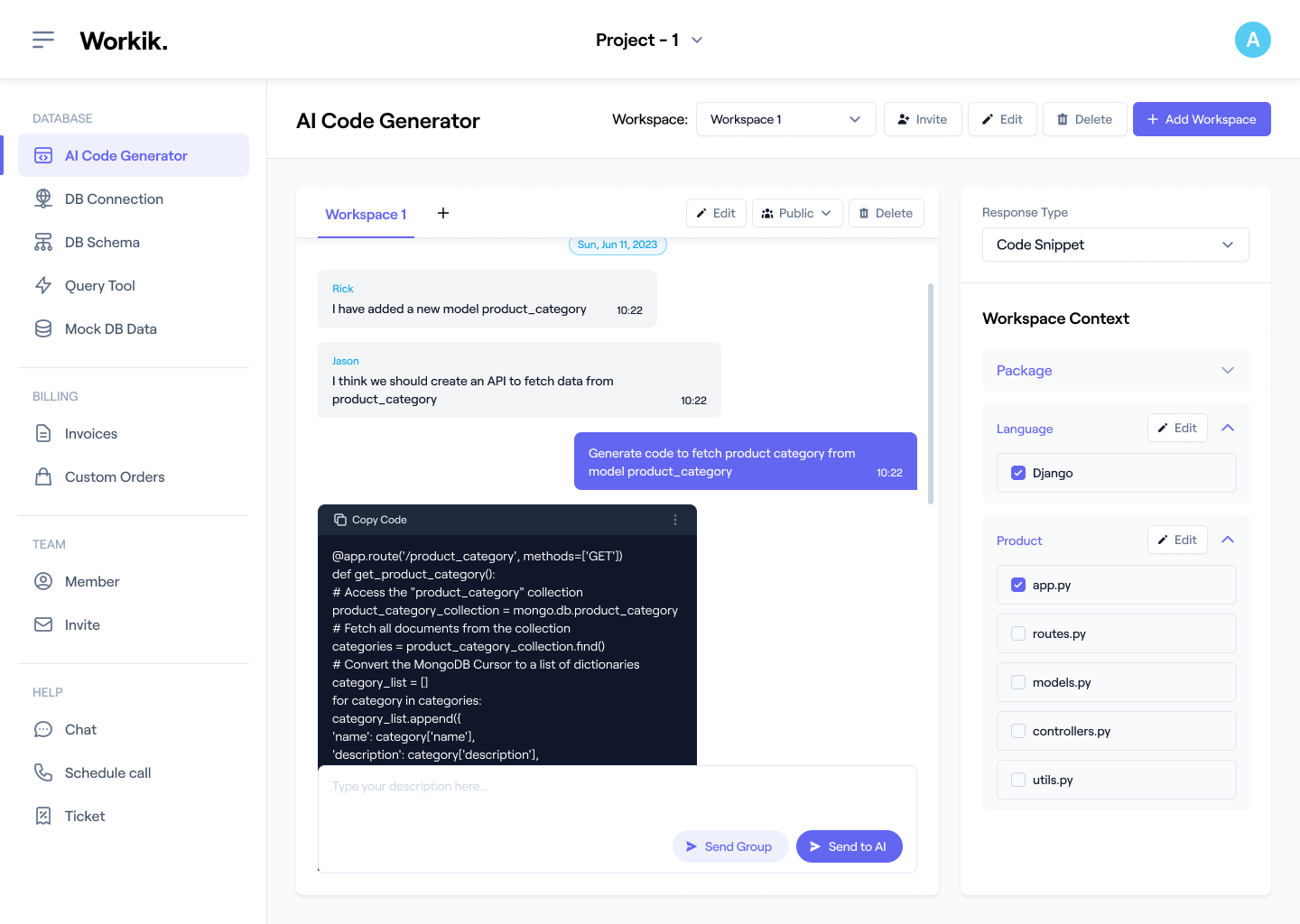

Expand
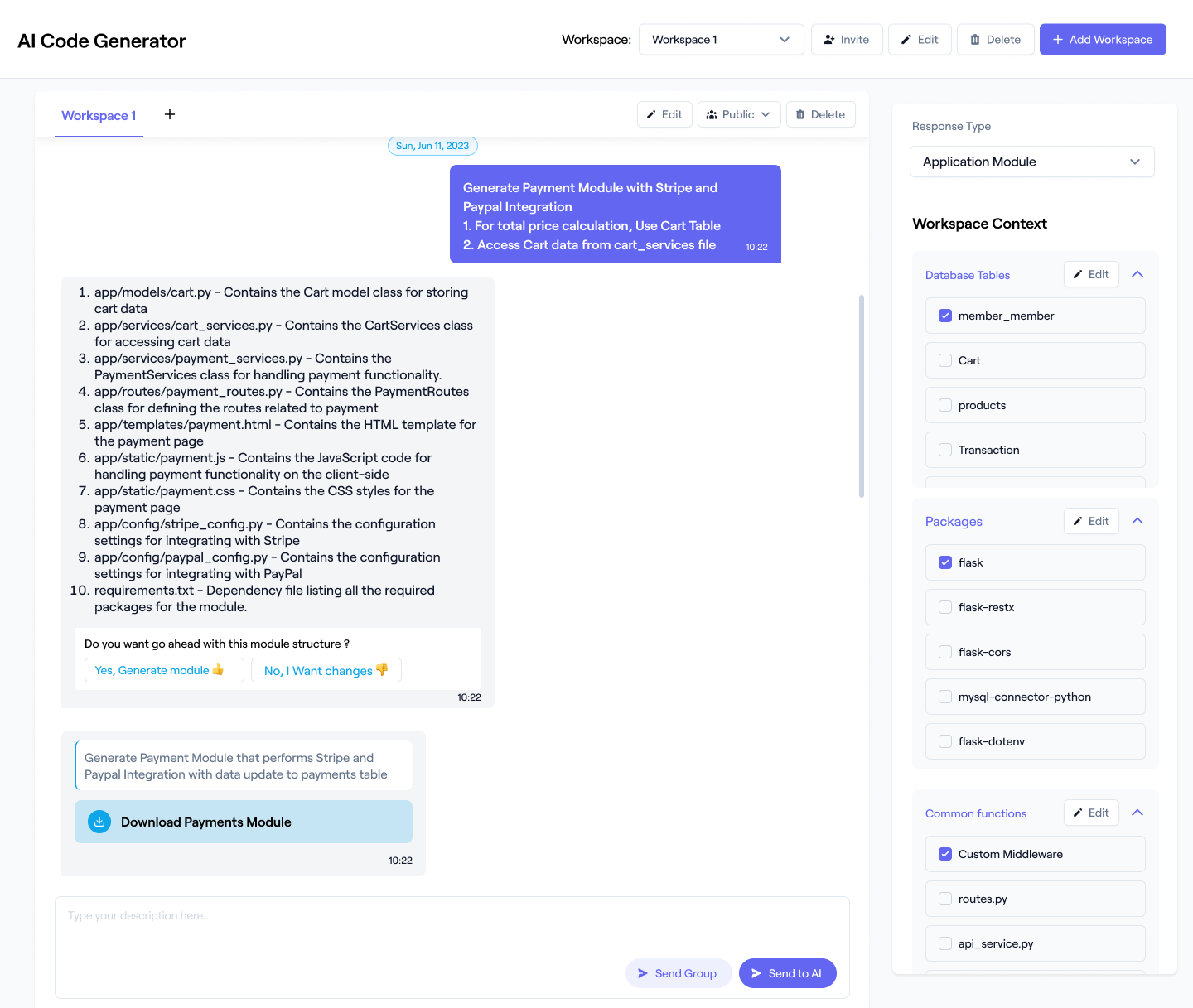

Expand
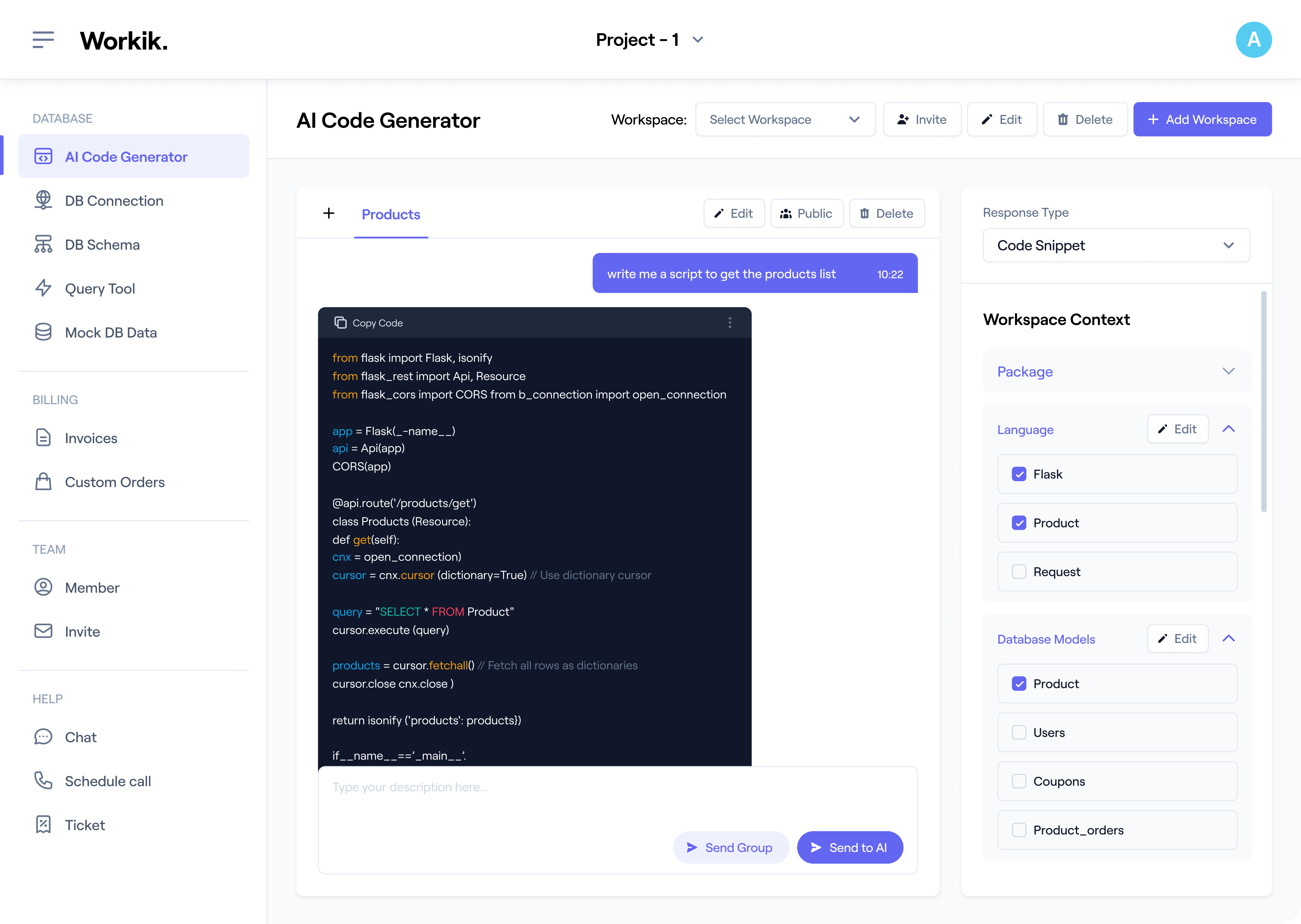

Expand
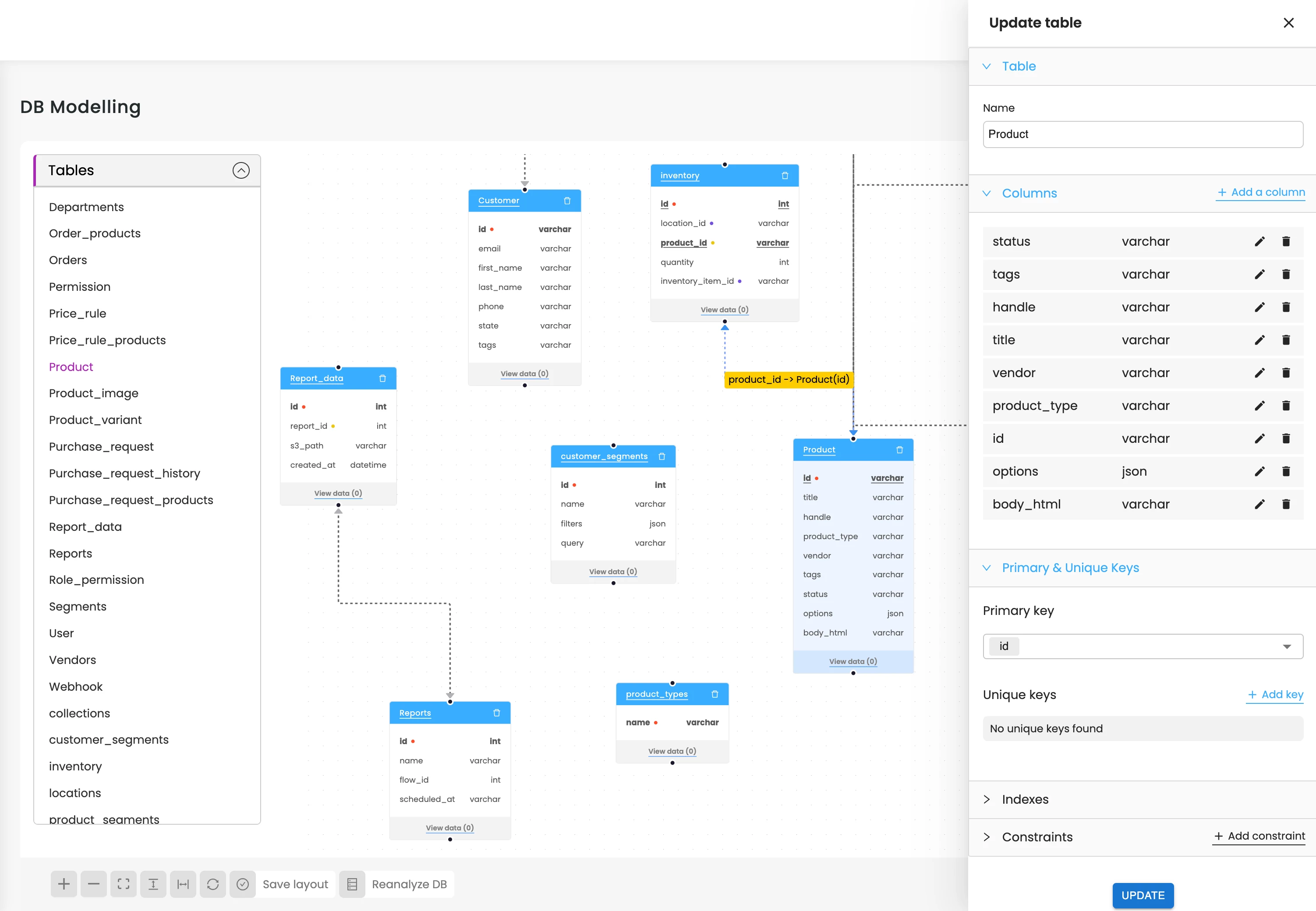

Expand
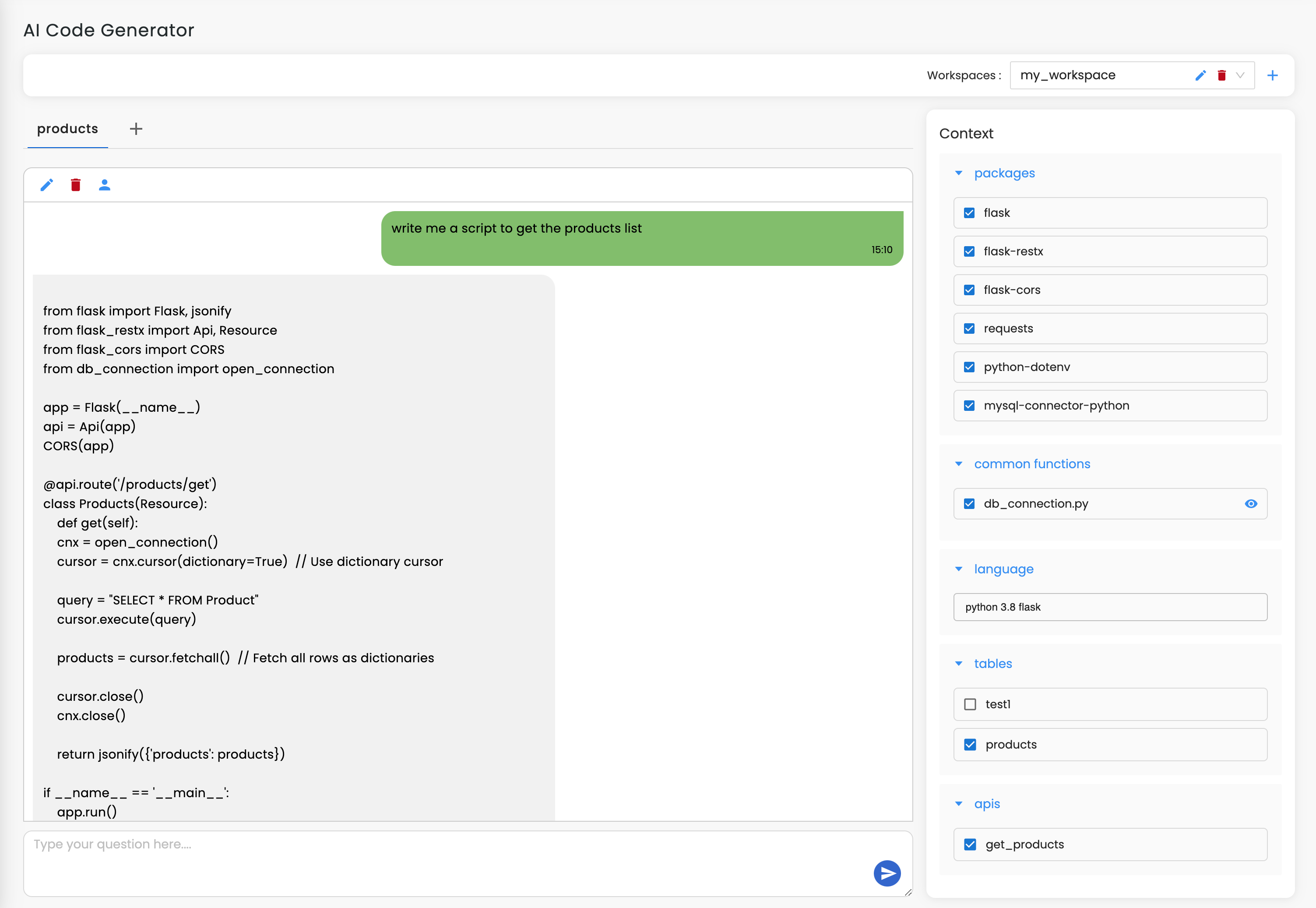

Expand


Expand


Expand


TESTIMONIALS
Real Stories, Real Results with Workik
Animating modals, buttons, and loaders used to be my least favorite task. Now it’s the fastest part of my workflow.

Jordan Miller
UI Developer
As a junior dev, understanding responsive layouts was a struggle. Workik’s CSS outputs taught me more than any tutorial.
 (1).webp)
Samantha Brooks
Junior Developer
We integrated Workik with our GitHub repo and instantly standardized our CSS across 12+ modules. Game changer.

Liam Smith
Senior Software Engineer
What are the most common use cases for the Workik CSS Code Generator?


The most popular use case of Workik AI CSS Code Generator include but are not limited to:
- Generate responsive grid and flexbox layouts using simple structural prompts.
- Build utility-first class structures for Tailwind, Bootstrap, or custom CSS systems.
- Refactor inline or repetitive styles into scoped, reusable class definitions.
- Auto-generate animations and transitions from plain language descriptions.
- Create media queries tailored to specific device breakpoints and layout rules.
- Convert UI mockups or screenshots into structured, production-ready CSS.
Do I need to set any context before using the CSS generator?


No, context-setting is optional—but it helps personalize AI responses to your project. You can add:
- Preferred CSS frameworks (e.g., Tailwind, Bootstrap, Bulma)
- GitHub, GitLab, or Bitbucket repo integrations
- Existing HTML or CSS files for AI to reference
- Class naming conventions (like BEM or utility-based)
- Design tokens or styling rules (e.g., spacing scale, color system)
- Layout or UI expectations specific to your project or component structure
Can I use Workik AI for responsive design?


Absolutely. Workik AI generates media queries and layout rules based on your device breakpoints. Example: describe a three-column layout for desktop and single-column for mobile—Workik auto-generates the required grid and media query logic.
Can I upload images to guide CSS generation?


Yes. Workik allows you to upload screenshots, design mockups, or UI components. The AI can interpret visual structure and spacing to generate matching CSS, including layout, spacing, and typography styles. For example, uploading a UI card screenshot can yield a flexbox layout with padding, border-radius, and text styles—all auto-generated.
How does Workik AI handle legacy or messy CSS?


Workik AI can read and refactor outdated or inconsistent CSS by turning inline styles or bloated selectors into modular, maintainable class structures. Whether you're copying raw code, uploading HTML/CSS files, or connecting a GitHub repo, AI identifies patterns and suggests cleaner, scoped alternatives. You can also ask it to convert hardcoded styles into reusable utility classes or CSS variables to align with modern design systems.
Is it suitable for teams working on large-scale CSS projects?


Absolutely. Teams can sync Git repos, share CSS architecture context, and enforce consistent style patterns across components. AI adapts per workspace so every teammate works with the same design language.
Can't find answer you are looking for?
Request question

Request question
Please fill in the form below to submit your question.
Generate CSS With AI

CSS Questions & Answers
CSS (Cascading Style Sheets) is an essential technology for styling and layout in web development. Imagine a basic room representing the HTML of a web page that provides a fundamental structure and CSS is like the interior design that makes the room look attractive and functional. CSS enables developers to create responsive, visually appealing, and interactive web experiences.
Popular frameworks and libraries used in CSS are:
1. Web Development Frameworks:
Bootstrap, Foundation, Bulma
2. Utility-First Frameworks:
Tailwind CSS
3. Material Design Frameworks:
Materialize
4. Preprocessors Frameworks:
Sass, LESS, Stylus
5. Post-Processing Tools:
PostCSS
Some of the popular use cases of CSS include:
1. Web Page Styling:
CSS is used to style and layout web pages, enhancing the visual appeal and user experience.
2. Responsive Design:
CSS allows developers to create web pages that adapt to different screen sizes and devices.
3. Animation and Interactivity:
CSS includes properties for animations and transitions to create interactive web elements.
4. Theming:
CSS is used to apply different themes to web applications, allowing for consistent styling across different parts of a site.
5. Grid and Flexbox Layouts:
CSS provides powerful layout systems (Grid and Flexbox) for creating complex web layouts without the need for external libraries.
Career opportunities and technical roles available for someone skilled in CSS include Front-End Developer, UI/UX Developer, Web Designer, Full-Stack Developer, Front-End Engineer, and more.
Workik AI provides broad CSS code assistance, which includes
1. Code Generation:
Produces CSS code snippets and templates for quick styling.
2. Debugging:
Identifies and fixes CSS issues with intelligent suggestions.
3. Testing:
Ensures cross-browser compatibility and responsive design.
4. Optimization:
Minifies and compresses CSS for faster loading times.
5. Refactoring:
Suggests improvements for maintainable and readable CSS.
6. Template Customization:
Customizes templates using frameworks like Bootstrap and Tailwind CSS.
7. Responsive Design:
Assists in creating designs that adapt to various devices.
4.72 out of 5, based on 1342 reviews
Explore more on Workik
Top Blogs on Workik
Get in touch
Don't miss any updates of our product.
© Workik Inc. 2025 All rights reserved.

